What is Kp?
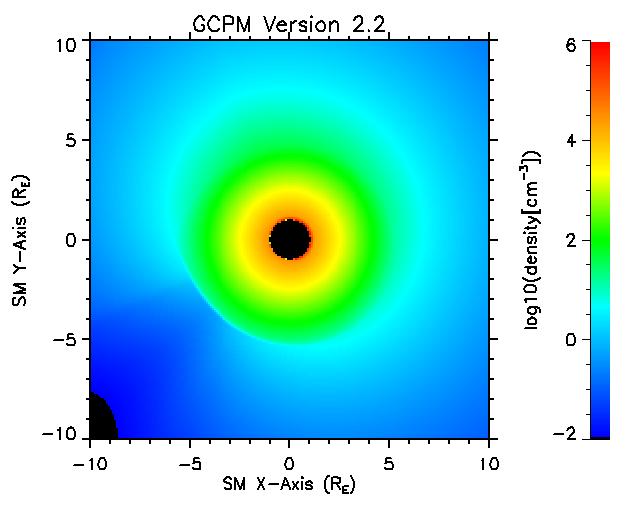
These pictures show the plasmasphere model from GCPM 2.2. They each have a model of Earth in the center surrounded by different changing colors that represent the density of the plasmasphere.
The images also have different Kp values. What is Kp?
Kp is the planetary k index. There are many stations that measure electric current at relatively low latitudes around the world. Based on the measurements at any one time, a complex formula yields a single number that gives scientists an idea of how much space weather is present and how it affects the plasmasphere at any one time.
It is similar to a hurricane or tornado index. While there is room for error, the kp index is an approximation of space weather activity and how the plasmasphere is effected. For example, if the kp=0, we know the space weather is pretty calm. The plasmasphere is rebuilding and is quite large around the earth. On the other extreme, if kp=9+, there's a lot of space weather activity going on. Perhaps there's a coronal mass ejection or two going on at Sol (the Sun). And the plasmasphere is likely to be very thin around Earth.
Above is the plasmasphere at kp=1.
Below is kp=3
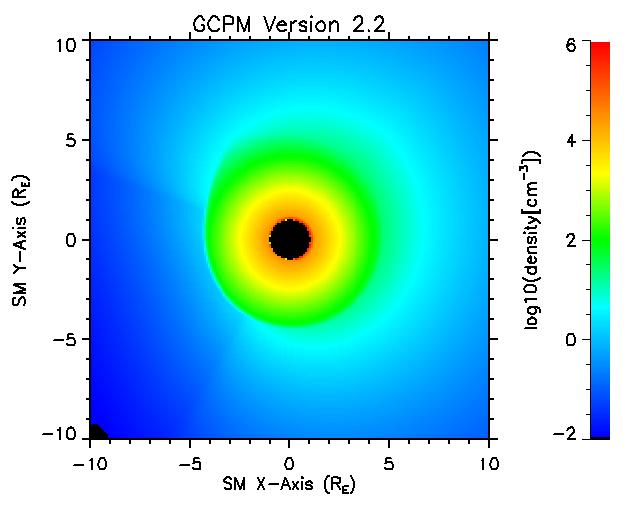
What is the difference between kp=1 and kp=3? The plasmasphere has been eroded significantly. As kp increases, the trend continues...
Kp=6
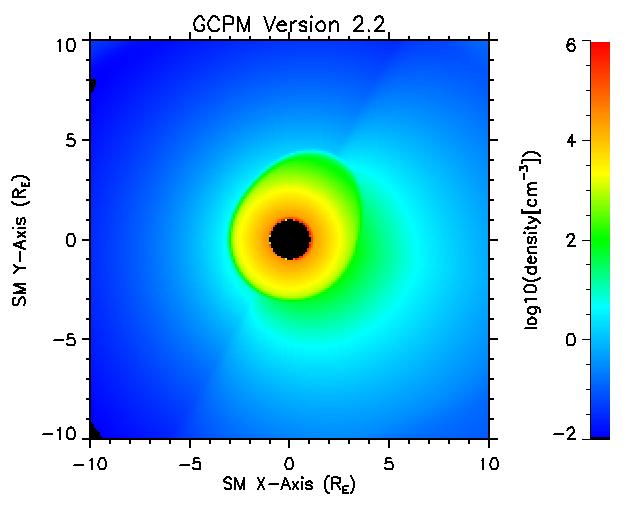
Kp=9
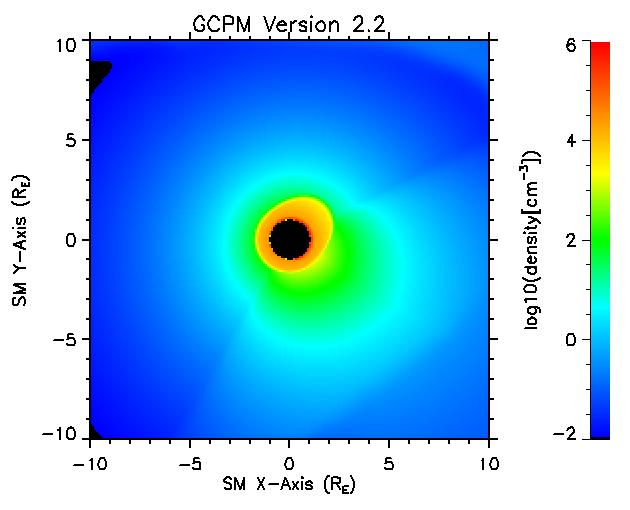
Here is an animation of the differences in kp=1-9
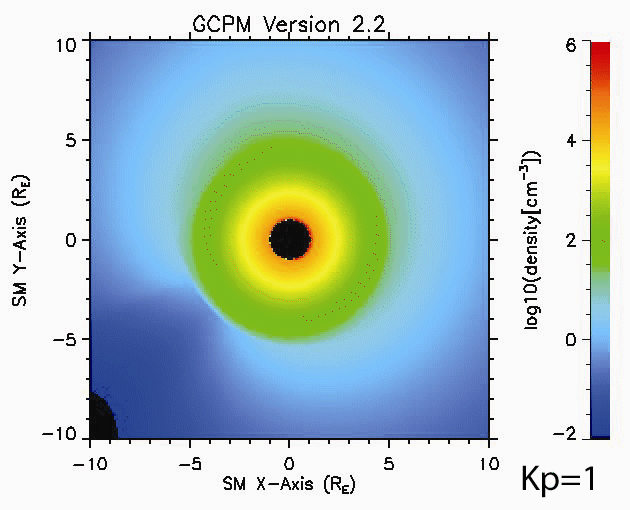
NASA Website Privacy and Accessibility Statement
Author and Responsible Official: D.L. Gallagher, dennis.l.gallagher at nasa.gov, (256)961-7687
